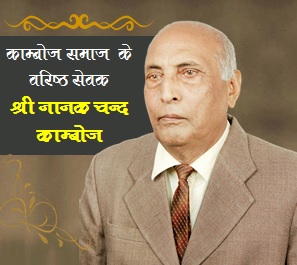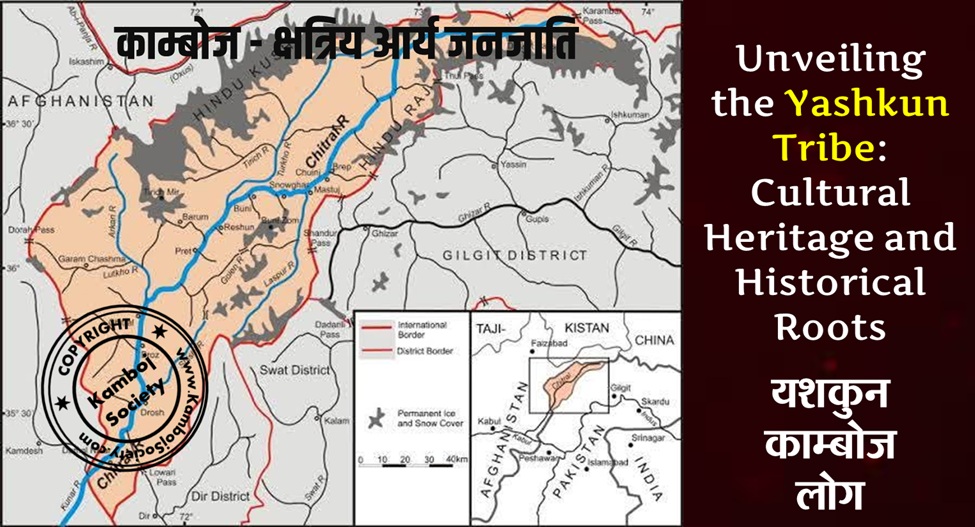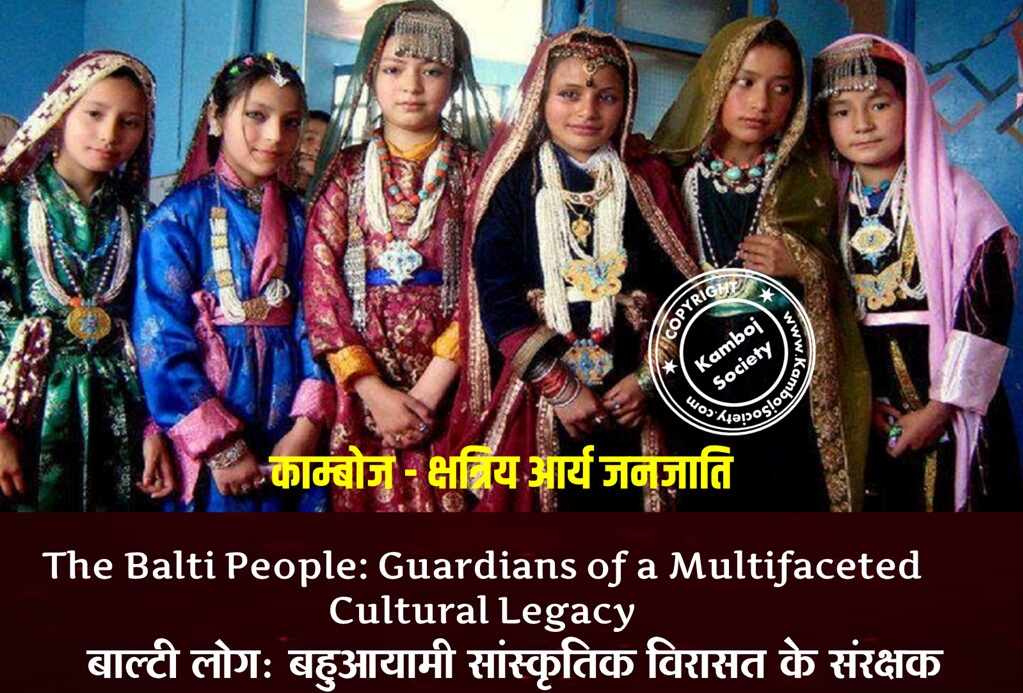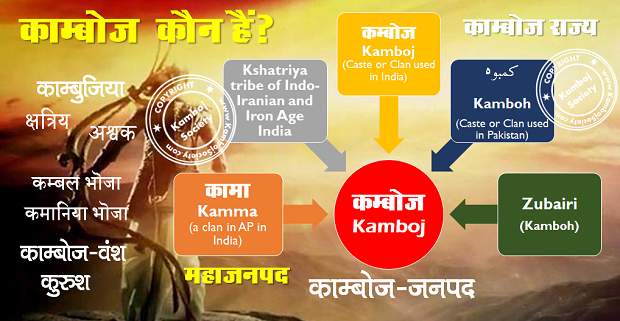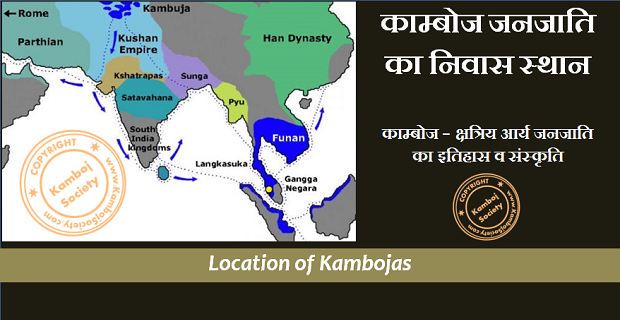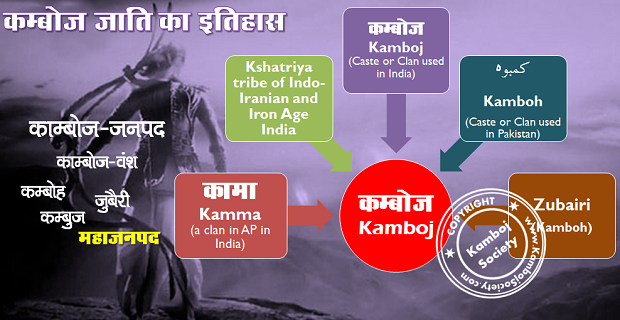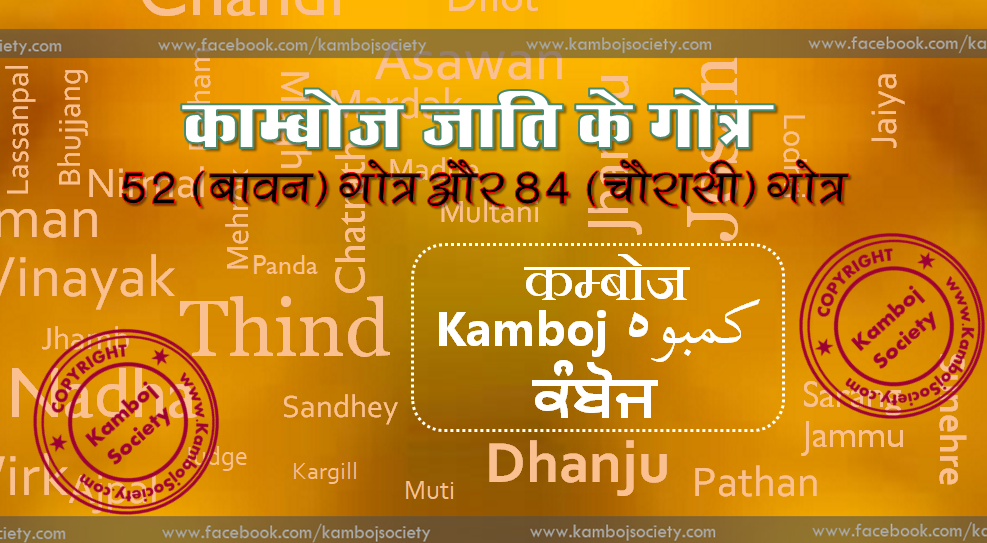Panini was an ancient Sanskrit grammarian born in Shalatura, modern Lahur of North-West Frontier province of Pakistan. The place is situated at a distance of four miles from Ohind near Attock on the right bank of Indus River in the ancient Kamboja|Kambojan/Gandhara|Gandharan territory. Panini is believed to have flourished in 5th century BCE, (but estimates range from the 7th to the 3rd centuries) and is famous for formulating the 3,959 sutras or rules of Sanskrit morphology (linguistics)|morphology known as the A??adhyayi. In his sutras IV.1.168-177, Panini references the Kamboja among other Kshatriya janapadas and notes it as one of the fifteen prominent Kshatriya monarchy|monarchies of the times.
Panini's Sutras 4.1.168-4.1.177
Sutra IV.1.168 (janapada.shabdat.kshatriyad aÑ) is important. Grammer|Grammatically, it teaches that the affix aÑ (or Ñyan, iÑ etc) comes after a word which is both the name of a country and a Kshatriya tribe settled therein.
Here the identity of janapada and the powerful Kshatriya clans settled there is repeated. The ruling Kshatriyas inhabiting these janapadas were, as we are informed by Katyayana (2nd c BC), governed by two-fold constitutions; some were monarchies (Ekarjat) and others were republics (Sanghas).
Panini's Kshatiya monarchies
As monarchy|monarchical kingdoms, Panini refers to the following Kshatriya clans:
- Salveya,
- Gandhara|Gandhari,
- Magadha,
- Kalinga (India)|Kalinga,
- Suramasa,
- Kosala,
- Ajada,
- The Kurus|Kuru,
- Salva,
- Pratyagratha,
- Kalakuta,
- Ashmaka,
- Kamboja,
- Avanti and
- Kunti.
Panini's rules for janapadas and the Kshatriya settlers
The princes who ruled over these countries were Kshatriyas, and Panini's sutra 4.1.174 (te tadrajah) teaches us that the same word denoted both a descendant of the Kshatriyas i.e a citizen of janapada, as well as their king or ruler (India as Known to Panini, 1953, p 427, Dr V. S. Aggarwala; Ancient Kamboja, People and the Country, 1981, p29-31, Dr J. L. Kamboj )
Kshatriya tribes and their janapadas
The above nomenclature holds good for all the Kshatriya tribes so named by Panini in sutras (4.1.168 through 4.1.177) including the Kamboja.
Kshatiya descendants and their rulers
But Panini recommends appropriate affix (aÑ, Ñyan, iÑ etc) to be added to the janpada word for all Kshatriya janapadas (except the Kamboja Kshatriyas) to obtain derivative to denote the descendants of the ruling Kshatriyas as well as their kings. e.g:
And per Sutra 4.1.174 (te tadrajah), the same word shall denote the descendant of Kshatriyas as well as the ruler of that Kshatriya tribe/janapada. Hence:
References: (India as Known to Panini, 1953, pp 426-27, Dr V. S. Aggarwala; Ancient Kamboja, People and the Country, p 29-31, Dr J. L. Kamboj)
Thus, by adding appropriate affix (aÑ, Ñyan, iÑ etc) with the janapada word, the derivative to denote the descendants of Kshariyas as well as their Kshatriya rulers can be obtained for various janapadas named by Panini (4.1.168 through 4.1.177) except the Kamboja.
Special rule for Kamboja
For Kamboja (and only the Kamboja) Panini recommends Luk (elimination) of an affix with janapada of Kamboja (sutra 4.1.175: Kambojal. Luk) which importantly informs us of an EXCEPTION for KAMBOJA, such that the Kshatriya word Kamboja does not need any affix (aÑ, Ñyan, iÑ etc) to be added to it to obtain a derivative to denote the descendants of Kamboja Kshatriyas as well as the Kshatryia ruler of Kambojas.
This means that the word KAMBOJA itself denotes not only (i) the Kamboja country/janapada and (ii) the Kamboja Kshatriya tribe, but, unlike other Kshatriya janapadas, it also denotes (iii) the descendants of Kamboja Kshatriyas and (iv) the Kshatriya ruler/king of the Kamboja janapada.
References: (Ancient Kamboja, People and the Country, p 29-31, Dr J. L. Kamboj; cf : Carmichael Lectures, 1918, pp 6-7, Dr D. R. Bhandarkar; Some Kshatriya Tribes of ancient India, p 234, Dr B. C. Law; Panini Kaleen Bharat (Hindi), 1955, p 61; India as Known to Panini, p 427, Dr V. S. Aggarwal; cf: Early East Iran and Atharvaveda, Persica, 1980, ffn 47, Dr Michael Witzel).Comments on special rule for Kamboja
The Kambojas were a well known Republicanism|republican people since Epic Age. Mahabharata refers to several Ganah (or Republics) of the Kambojas (MBH 7/91/39). Kautiliya's Arthashastra (11/1/4) and Ashoka's Edict No. XIII also attest that the Kambojas followed republican constitution. Panini's sutras (IV.1.168-175), though tend to convey that the Kamboja of Panini was a Kshatriya monarchy, but the special rule and the exceptional form of derivative Panini gives to denote the ruler of the Kambojas implies that the king of Kamboja was probably a titular head (king consul), probably a war leader only (Dr K. P. Jayswal, Dr J. L. Kamboj).
See: Republican Kambojas
Katyayana's expansion of sutra 4.1.175
Later, Katyayana (3rd c BC) had expanded the scope of Panini's sutra 4.1.175 (Kambojal.luk) by adding a vartika to the sutra as follows:
Katyayana states that like Kamboja, the words like Choda, Kadera, Kerala, Saka, Yavana also denote each not only the country and the Kshatriya tribe inhabiting the country, but also the Kshatriya king ruling over it
References: (Carmichael Lectures, p 6-7, Dr D. R. Bhandarkar; Kshatriya Tribes of ancient India, p 234, Dr B. C. Law; Ancient Kamboja, People and the Country, p 30, Dr J. L. Kamboj) .
Panini's ganas and the Kamboja
Panini has also read Kamboja in the ganas to IV.2.133 (Kachhadi ) and IV.3.93 (Sindhuvadi) and has recommended adding affix like aÑ etc to obtain appropriate derivatives to denote the ancestral homeland of Kamboja Kshatriyas (abhijana) and the name of products native to the Kamboja-land as follows:
Kamboja + aÑ => Kaamboja where Kaamboja denotes the ancestral homeland of the Kambojas.
The same term Kaamboja may also denote a horse or an elephant native to Kamboja (Monier Williams Sanskrit-English Dictionary)
Similarly plants/herbs like Mashpurni, Hingpurani, Somavalak, Punaag and minerals like silver/gold and conch/shell native to or imported from Kamboja were also called Kamboja|Kaamboja, Kaambojaka or Kaamboji etc (Ancient Kamboja, People and Country, pp 29-31, 255; see entries in Hala.yudha.kosha & Shabd.ratana.samanya.kosha)
The above referred to derivative names for animal/plant/mineral etc, native to or imported from Kamboja, are in accordance with the principles of Linguistics which teaches that a special product imported from a certain country or else native to a certain place gets named after that country/place.
But in spite of Panini's above rules for correct usage of Sanskrit, both Kamboja as well as Kaamboja have yet been used indiscriminately without any change in meaning. We rather see Kaamboja being mostly used in the texts like Ramayana, Mahabharata and all post-Panini|Paninian Sanskrit literature in the same sense as Kamboja.
Ganapatha on Panini's rule and the Kambojas
The Ganapatha 178 on Panini's rule II.1.72 - Mayuravyamsakad'i' informs us that the Kambojas and the Yavanas observed a social custom of supporting short-cut head-hair:This same fact is also conveyed by the Mahabharata:
as well as numerous Purana|Puranic literature. e.g:
See also
Kambojas Kambojas in Indian Literature Republican KambojasReferences
- Panini's Ashtadhyayi
- Ancient Kamboja, People and the Country, Dr J. L. Kamboj
- Carmichael Lectures, 1918, Dr D. R. Bhandarkar
- Some Kshatriya Tribes of ancient India, Dr B. C. Law
- Panini Kaleen Bharat (Hindi), 1955, , Dr V. S. Aggarwala
- India as Known to Panini, Dr V. S. Aggarwala
- Early East Iran and Atharvaveda, Persica, 1980, Dr Michael Witzel
- Monier Williams Sanskrit-English Dictionary
- Hala.yudha.kosha
- Shabd.ratana.samanya.kosha etc etc.




